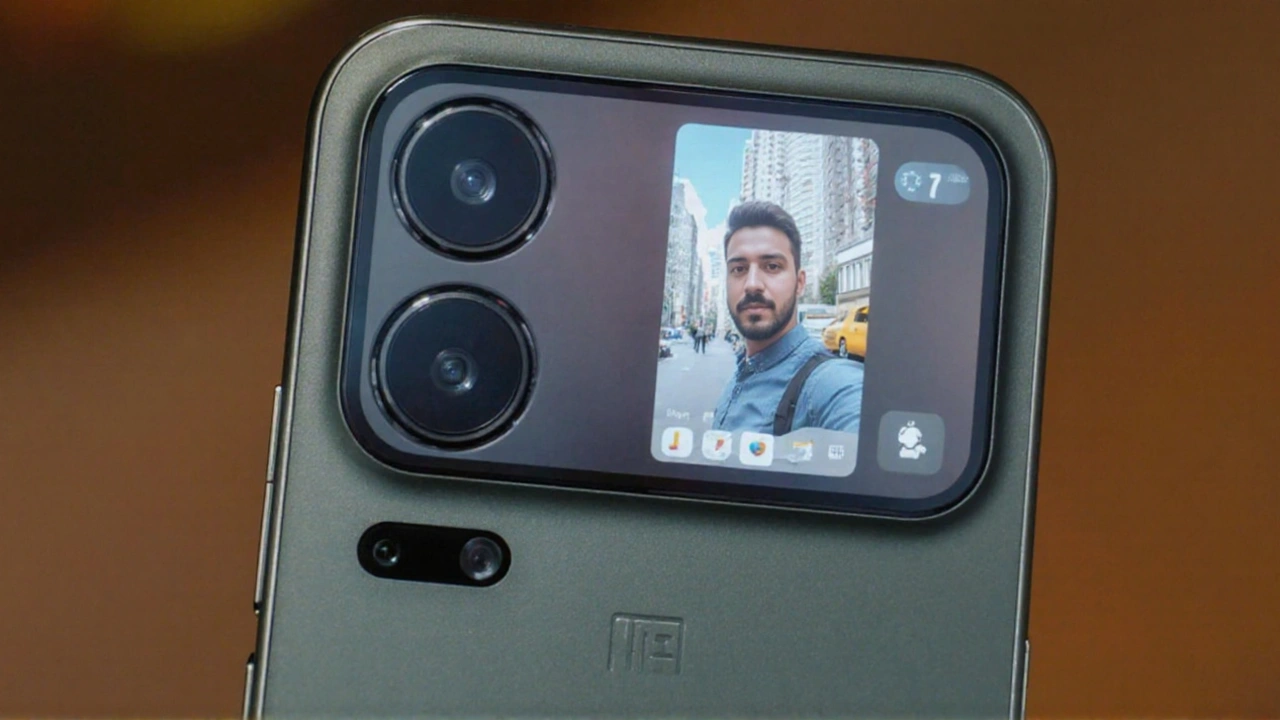Xiaomi 17 Pro Max – What You Need to Know
If you’re hunting for a new phone that mixes power and price, the Xiaomi 17 Pro Max is worth a look. Xiaomi has been pushing the envelope with its flagship line, and the 17 Pro Max brings a few upgrades that touch on every major area – screen, camera, speed and battery.
In this guide we’ll break down the phone’s key specs, walk through the everyday experience, and help you decide if it fits your pocket and lifestyle.
Design, Display and Build Quality
The first thing you notice is the sleek, glass‑back design. Xiaomi kept the curved edges from the previous model, making the phone comfortable to hold. At 8.1 mm thin and 196 grams, it feels light enough for one‑hand use but sturdy enough to survive daily bumps.The 6.7‑inch AMOLED panel sports a 120 Hz refresh rate and QHD+ resolution (3200 × 1440). Expect smooth scrolling, vivid colors and sharp text – ideal for streaming Netflix or scrolling through social feeds. The display also supports HDR10+, so you’ll see richer contrast in supported movies.
One practical note: the front camera sits in a small punch‑hole, preserving most of the screen real estate. The fingerprint sensor is built into the power button, giving quick unlock without reaching for the back.
Camera System and Photography
Photography is where the 17 Pro Max tries to outshine competitors. It packs a triple‑camera setup: a 50 MP main sensor with a large 1/1.3" sensor size, a 48 MP ultra‑wide lens (120° field of view) and a 5 MP macro lens for close‑up details.
The main sensor uses a larger pixel size and optical image stabilization (OIS), delivering clear shots even in low light. Night mode now pulls in more light and keeps colours natural. The ultra‑wide lens captures scenery without the distortion you see on cheaper phones.
Video recording supports 8K at 30 fps and 4K at 60 fps, giving you smooth, high‑resolution footage for vlogs or family events. The front 20 MP camera handles selfies well, with AI beautification that you can turn off if you prefer a natural look.
Performance, Battery and Software
Under the hood sits the Snapdragon 8 Gen 2 processor paired with 12 GB of LPDDR5 RAM. Day‑to‑day tasks – browsing, messaging, gaming – feel instant. Benchmarks show the phone handling heavy games like PUBG Mobile at high settings without lag.
Battery life is solid thanks to a 5,000 mAh cell. Xiaomi’s 120W fast‑charging can juice the phone from 0 to 100 % in about 25 minutes. There’s also 50W wireless charging for those who prefer a cable‑free top‑up.
The device runs MIUI 14 on top of Android 14. The UI is clean, with a few extra tweaks like a built‑in screen recorder and a dark mode that applies across apps. You can also set up a second space for work‑related apps without mixing them with personal ones.
Price, Availability and Final Thoughts
In South Africa the Xiaomi 17 Pro Max launches at roughly ZAR 15,999, positioning it below many flagship rivals while offering comparable specs. It’s available through major retailers and online stores, often with trade‑in discounts.
So, does the Xiaomi 17 Pro Max earn a spot in your bag? If you value a high‑refresh‑rate display, strong camera performance and fast charging without paying a premium, the answer is yes. It’s a balanced flagship that respects your budget and still feels premium in everyday use.
Keep an eye on regional promotions – you might snag it for even less. Whether you’re a gamer, a photographer, or just need a reliable daily driver, the 17 Pro Max checks the boxes without overcomplicating things.

